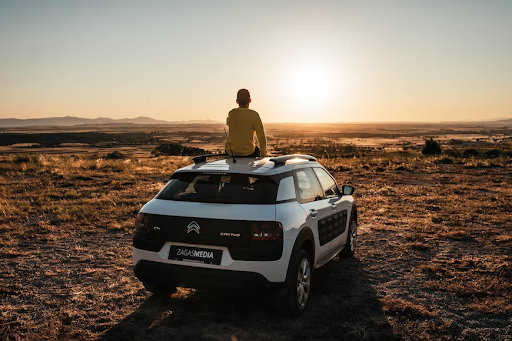A Guide to Buying Your First Car in Ontario
In Canada, each province and territory has its own set of rules when buying a car. If you’re considering purchasing your first car in Ontario, you should know that several regulations protect you as a buyer. Stay informed about your rights as a new or used vehicle buyer to make more informed decisions when purchasing your first car. Purchasing your first car can feel like a life-changing decision! You’ll have to decide whether to buy a used or new car, what brand you want, and whether to finance or lease the purchase. However, after reading this article, you’ll see that the car-buying process doesn’t have to be so hard. We’ve created a handy guide to cover all these topics, so you’re prepared and make the process as simple as possible, and you can get the best deal on your dream car! It’s critical to conduct research and plan ahead of time. With our comprehensive guide, you’ll learn how to navigate this significant milestone.
How to Obtain Insurance When Purchasing Your First Car
According to Ontario law, your new car must be insured before even driving it off the lot. Getting an insurance quote before looking at cars is a good idea because it allows you to factor it into your operating budget and costs. You could also narrow down the model to purchase by getting a quote ahead of time, as the car’s industry safety ratings may significantly impact the insurance rates. You should find a reputable brokerage to get the best quotes for your car and your needs. Start by looking up “car insurance quotes Ontario” online to find the one with the best reviews.
There are different types of insurance plans available. An insurance broker can assist you in finding reasonable prices for your car insurance, so you can easily decide which offer is precisely what you need. When purchasing your first car in Ontario, you’ll need a minimum level of coverage. Statutory accident benefits coverage, third-party liability, uninsured motorist coverage, and direct compensation-property damage coverage should be included. You can also choose extra coverage to increase your liability and protect your car and yourself.
Decide How You’ll Pay for the New Car
Once you’ve decided what type of car you want, it’s time to talk about how you’ll pay for your dream car. It’s incredible if you could save enough money to purchase a car outright! It isn’t an easy task, but now you can enjoy your shiny new car! However, people in Canada typically borrow money to purchase a car. Two of the most common options are taking out a car loan or signing a lease. A car loan works similarly to other loan types. You borrow up to 100% of the car’s purchase price, and you’re given a set period to repay it, known as a term, as well as a predetermined amount to repay monthly. You also need to pay interest on the principal amount of the loan during the time of the loan. You’ll be the owner of the car once you pay off the loan. A lease may be a great option if you want to drive a new vehicle every two to three years. You need to return the car to the dealership at the end of the lease.
Decide on New or Pre-Owned Car
Once you’ve decided how to pay for the car, you must decide whether to buy something new or used. If you want to purchase a new car, you can only do so at a dealership. The more knowledge you have about the make and model you want, the more confident you’ll be about your decision. The Ontario Motor Vehicle Industry Council requires all dealerships to register via an online portal to protect buyers. You can also ensure that the dealership complies with professional standards by conducting a pre-purchase investigation. You can buy used cars at dealerships or privately. Numerous online marketplaces connect private sellers and buyers. If you think that it isn’t safer to buy from a stranger – don’t worry. The government has also regulated the used car industry. Sellers are legally required to have their cars with a Used Vehicle Information Package containing a summary of important vehicle information. The UVIP will provide you with the whole picture of the vehicle’s model, make, and engine specifications, as well as a detailed history of the car, including bodywork and collisions. However, new or used, you can always have a driving test before buying it.
Wrapping Up
A car is a significant investment, so you must choose wisely. Several steps are involved, but purchasing a new car in Ontario is pretty simple. With a little help from our guide, you’ll be cruising down the road in no time.
Check Next >https://www.neoadviser.com/tips-to-stay-safe-when-driving-a-truck-at-night/

